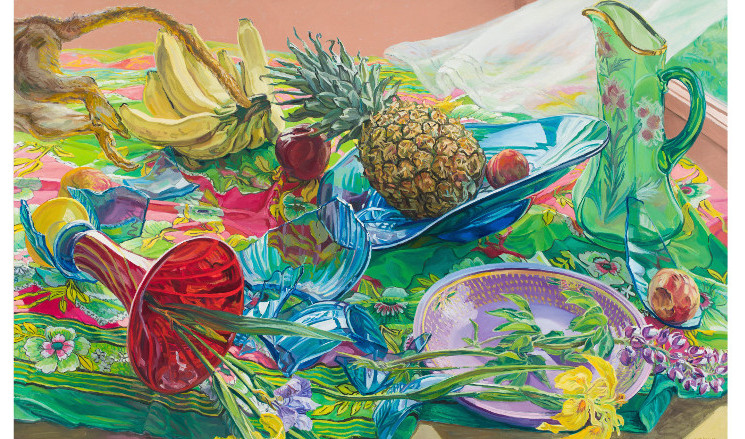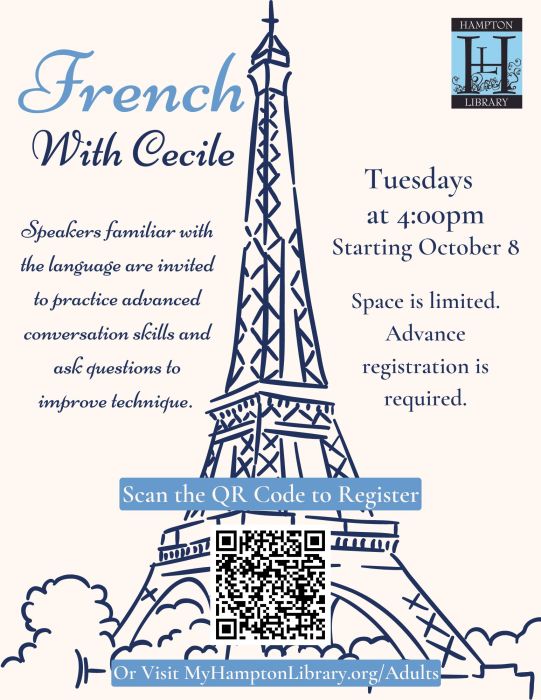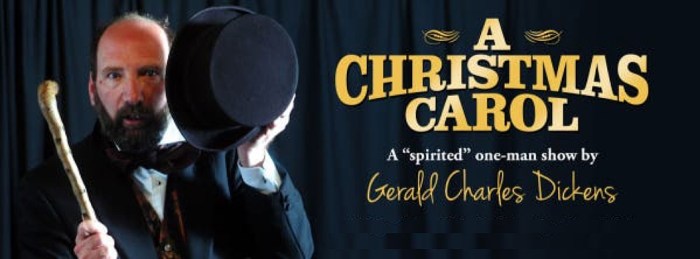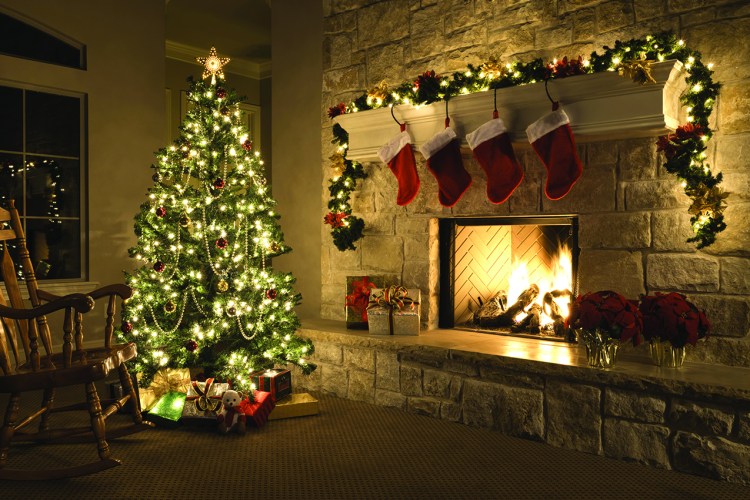After a grueling winter—not the worst but dispiriting just the same—spring gets a jumpstart at the Nassau County Museum of Art. The timing for this inviting “Garden Party” exhibit could hardly be better.
The calendar says the vernal equinox has arrived, but on a recent sunny day in late March the grounds of the fabled Frick estate still looked beaten down: drab and dreary at worst, dormant at best. Yet inside the elegant mansion in Roslyn Harbor, blossoms are blooming everywhere you look and the galleries are alive with spirit and wit.
Hosting this aesthetic fete are Franklin Hill Perrell, the Nassau museum’s former senior curator, and JoAnne Olian, the curator emeritus at the Museum of the City of New York. Thanks to a profusion of floral paintings, sculpture, costumes, fabrics and decorative designs, they’ve managed to evoke the festive air of a real garden party minus the cocktails, the crudités and the mosquitoes.
“We had a very tough winter,” says Perrell, “and I thought a show like this would be a breath of fresh air.”
The fruits of their labors will remain on display several weeks past the summer solstice. The party officially ends on July 6.
With museum director Karl Willers providing oversight—he helped to plant the original idea more than a year and a half ago—Perrell and Olian lined up some big names in the art world such as Marc Chagall, Janet Fish, David Hockney, Robert Mapplethorpe, Georgia O’Keefe, Maurice Prendergast, Larry Rivers, James Rosenquist and Louis Comfort Tiffany, to name a few. They also took the opportunity to include important artists whose work has never been shown before at the Nassau Museum.
“We cast a fairly wide net stylistically,” Perrell says, “because we were looking to get an energetic show.”
The exhibit follows a loose seasonal chronology through its main rooms on the ground floor. The first gallery features the blush of spring. Summer takes over the second gallery, and the third fades into autumn. But it doesn’t matter where you enter. And even the connecting corridors and what used to be the café have pieces of art to savor.
Two large engrossing murals by Robert Kushner and Nancy Lorenz—the former in the first gallery and the latter in the third room—seem to act as giant bookends for the show.
The 10 panels of Kushner’s aptly titled “Spring Scatter Summation” run 7 by 46 feet. They dazzle with oil and acrylic paint, gold leaf and glitter, combining blossoming branches, such as forsythia, dogwood and magnolia, and a background grid of gold, yellow, pale blue, brown and red patterns, as if a landscaper had purposely planted trees, flowers and bushes in front of a garden wall painted with geometrical abstract art. And in a way, considering Kushner’s background as the founder of the decorative arts movement in the 1970s that challenged the prevailing ascetic minimalism of the time, that’s exactly what he did with this later piece done in 2005.
SUPPORT THE BUSINESSES WHO HELP MAKE OUR JOURNALISM POSSIBLE – CLICK HERE

“It doesn’t hesitate to be beautiful!” exclaims Perrell.
Kushner’s “Summation” resonates with Asian influences that take a different form in the enchanting mural in the third gallery, “Rock Garden Room.” Done by Nancy Lorenz in 2004, this 9 by 36 foot piece features concentric silver circles swirling across a landscape of stylized waves flowing beneath a hint of a red sky. It’s a silent work, of course, but there’s movement you can almost hear below the surface. On the right is a waterfall, in the middle is a rock outcropping with bamboo—their fronds made of mother-of-pearl—and on the left looms a large circle that could be the round visage of a smiling Zen Buddha or just a golden moon. Lorenz spent many years living in Japan and this meditative work reflects her experience there.
It’s fitting that it faces Jennifer Bartlett’s “Pond,” a two-panel painting with autumn leaves floating on the still water. But the fourth wall of this gallery space has something that feels completely different.
Ben Schonzeit’s “Fred and Ginger Rose” incorporates black and white shots of the famed couple dancing in the background while in the foreground is a large vase brimming with orange and pink roses, some just past their prime. Flanking this work and adding to its impact are two silvery, black and white photographs of roses taken by Robert Mapplethorpe.
Monkeying Around with Matisse and Manet
The second gallery, my favorite, has a jungle feeling, thanks to the lush green, acrylic and resin sculptures by Hunt Slonem: “Monstera,” with parrots perched on branches, and “Monkeys and Monsters,” with monkeys clambering about but no monsters in sight. These works loom like a pair of rainforest trees. Nearby is a translucent oil painting by the acclaimed contemporary artist, Janet Fish, which she called “Monkey Business.” It shows a monkey scampering off a buffet table and leaving broken glasses, an overturned fruit bowl, and scattered flowers behind. It’s apparently an inside joke, Perrell says, because Slonem and Fish are friends, and he does indeed have a pet monkey, presumably capable of ruining any hostess’s party.
On the far corner of this room is an installation by Carson Fox, dubbed “Virginia Garden,” which has garlands of hand-cast flowers and star fish draping down from the ceiling, in purple and pinks, like a grape arbor, and hanging above a perfect example of art appropriation, Larry Rivers’s humorous work, “Matisse Still Life: Violet Robe and Anemones.” This 1997 oil on canvas painting is mounted on sculpted foam-board. Occupying the center right of the picture frame is a woman done in Henri Matisse’s distinctive colorful style with a visage of the bearded French master himself peering over her shoulder and looking like Sigmund Freud. And just as interesting—and in keeping with the theme of the show—is George Deems’ “The Manet Box,” a multi-faceted look at Edouard Manet’s “Luncheon on the Grass.” This famous painting had caused quite a stir in Paris when it was unveiled in 1863 because it depicted two fully dressed gentlemen having a picnic with a nude woman who has cast off her clothes. Playing on the ambiguous voyeurism embodied in Manet’s original painting, Deems’ 1992 piece explores this picnic scene from different perspectives, from the peripheral to the aerial, with each viewpoint on the façade of a cube placed on a pedestal—a work that Ferrell says has never been exhibited anywhere “as far as I know.”
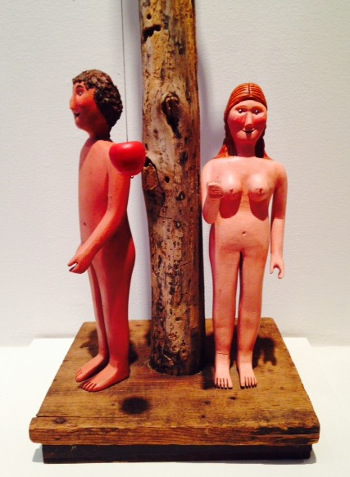
Adding to the humor of the show are several sculptures by Richard Gachot. There’s a robin carved out of wood and a giant bronze bee with the spout of an oil can for a stinger. And he provides an amusing reference to the original garden party, with his “Adam and Eve and the Tree of Knowledge,” which evokes a stripped-down Eden—and an uneaten apple hanging between the world’s archetypal gardeners.
In a corridor between the second and third galleries hangs James Rosenquist’s big, bold, bright-color lithographic print called “Sister Shrieks,” composed of bits and pieces of women’s faces to resemble petals of white and pink flowers. The docent who led our tour group said that some people had found it disturbing but I welcomed its explosive feeling.
By contrast, across from this bold collage are three relatively muted paintings by Susan Cushing, which taken together epitomize the exhibit’s theme of leisure celebration. In “What’s New Pussycat?” posh partygoers enjoy themselves in a park; in “The Wayfarers,” a waiter serves drinks to people lounging by a pool; and in “It Doesn’t Get Any Better,” an intimate group of friends relaxes in the shade of a white-washed veranda while behind them a spacious green lawn shimmers in the afternoon heat of a leisurely day in the Hamptons, where Cushing drew her inspiration.
“Everyone is having a wonderful, wonderful time,” says Perrell. “It’s not raining. Everything is perfect and it’s always summer.”
But, alas, nothing lasts forever. As befits the tragic truth that flowers plucked for a vase are killed for their beauty, a wall in the first gallery illustrates the symbolic concept of “vanitas,” the notion that nature is transient and mortality is ever present. The idea, which originated in the 17th century still-life paintings from the Netherlands, is depicted here by a large canvas attributed to the 18th century Dutch master Justus Van Huysum, which shows a luscious bouquet with some blossoms drooping. It’s flanked by two contemporary “archival pigment prints” by Sharon Core, whose images could be either paintings or photographs they’re done so realistically. Both of her pieces depict the moment when a floral arrangement loses its luster and petals start to fall.
The paintings and sculptures on display owe their provenance to the natural world beyond the museum walls. Surrounded by 145 acres of well-groomed grounds and trees, no other art venue on Long Island could invite such an inspiring interplay between indoors and outdoors, between interior and exterior space. How the “Garden Party” will play out in this spacious museum setting as spring turns into summer remains to be seen—as crocuses yield to daffodils, tulips and forsythia. Will the view from the picture windows complement or compete with the artworks within?
Others can weigh in on these aesthetic matters. No advanced degree in art appreciation is required to cultivate this garden of earthly delights. Let’s join this party while we still can.
“Garden Party” runs through July 6 at the Nassau County Museum of Art, 1 Museum Drive, Roslyn, 516-484-9338. Learn more at nassaumuseum.org.



